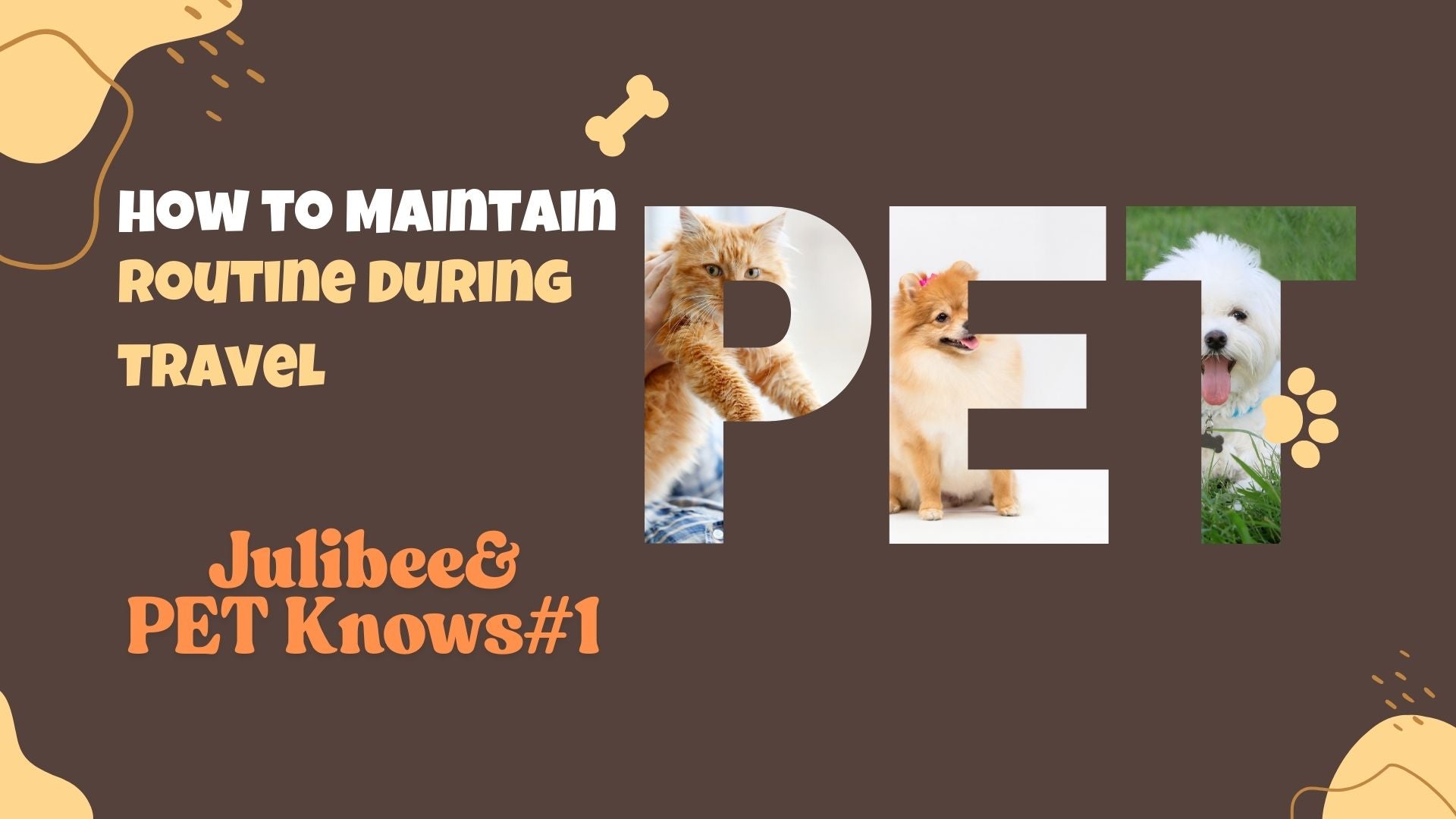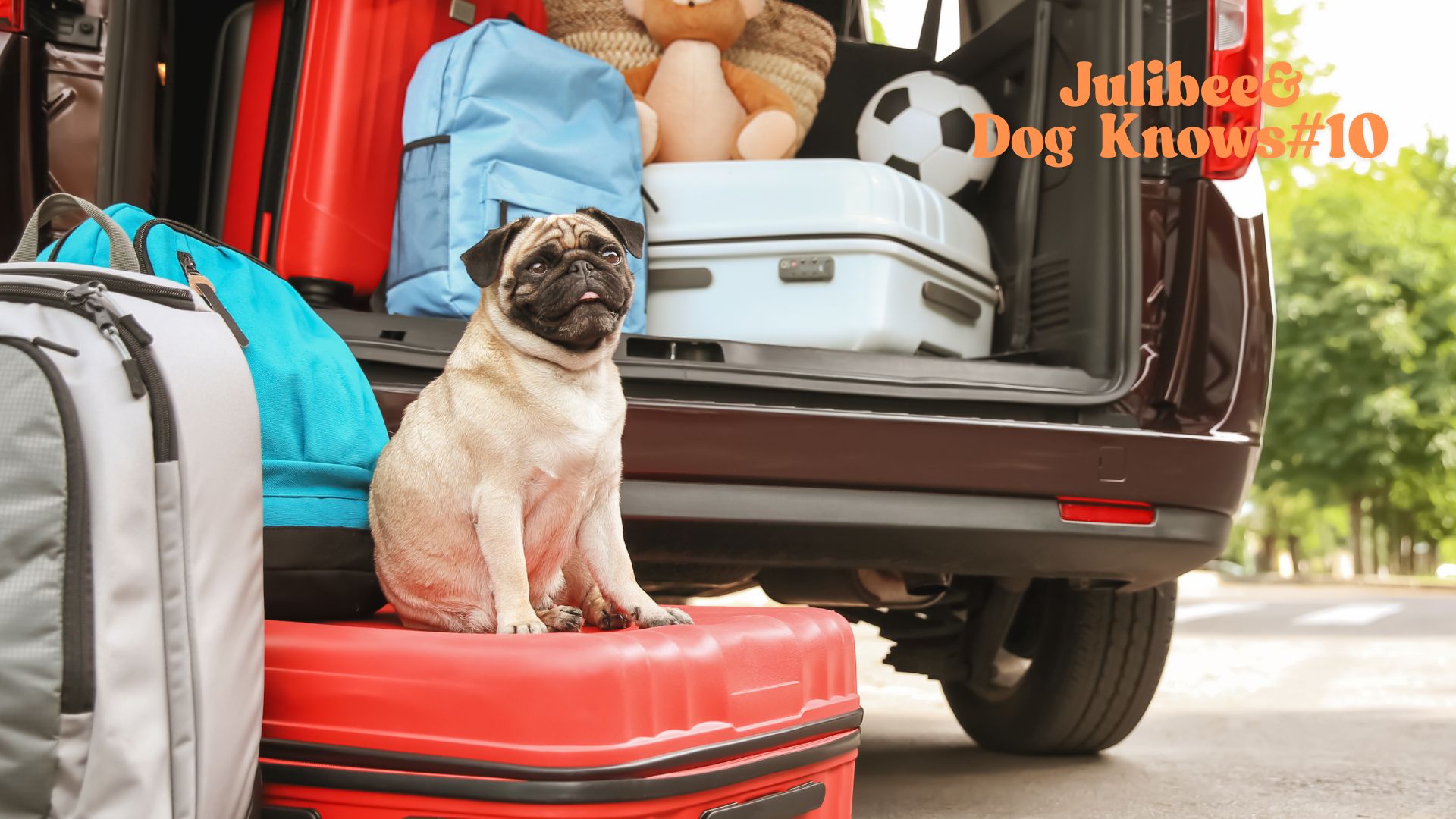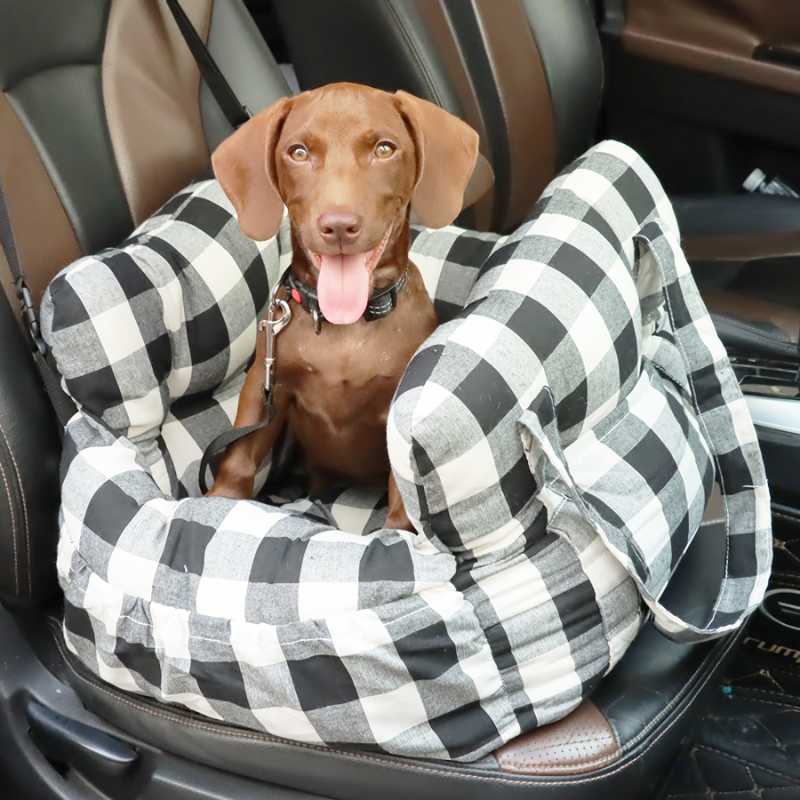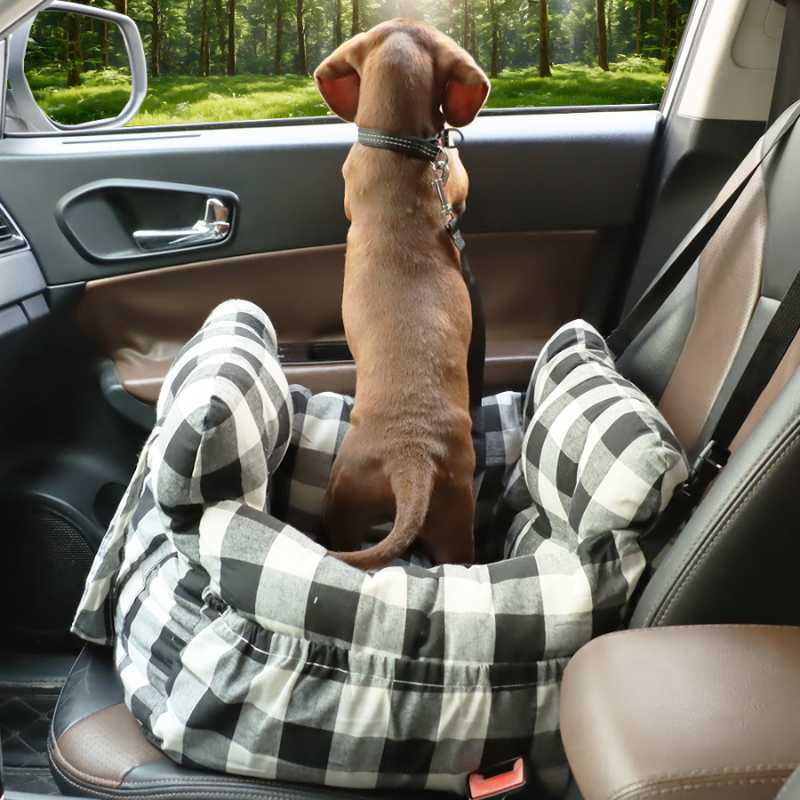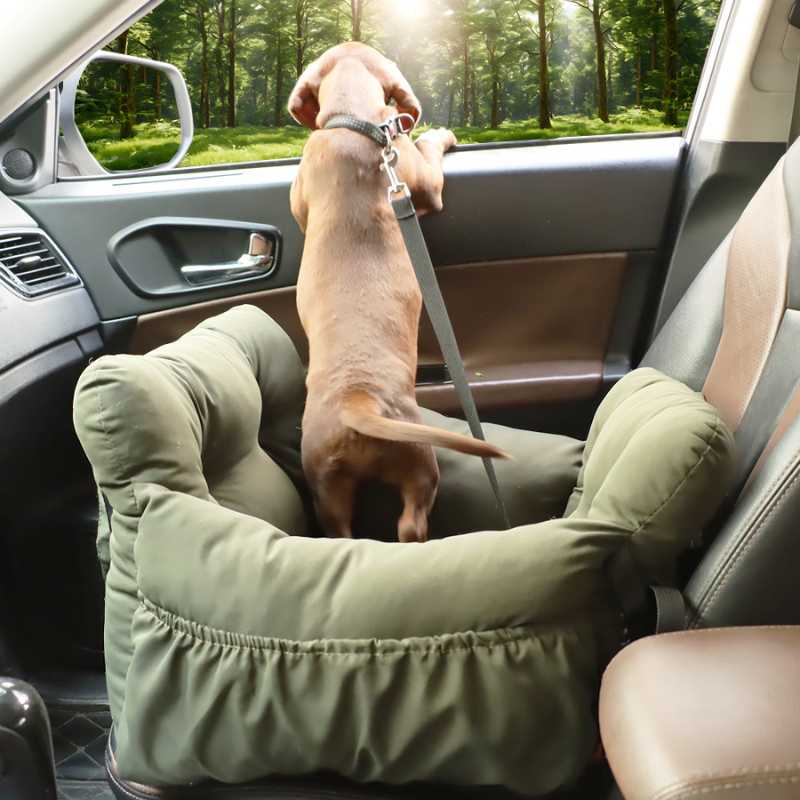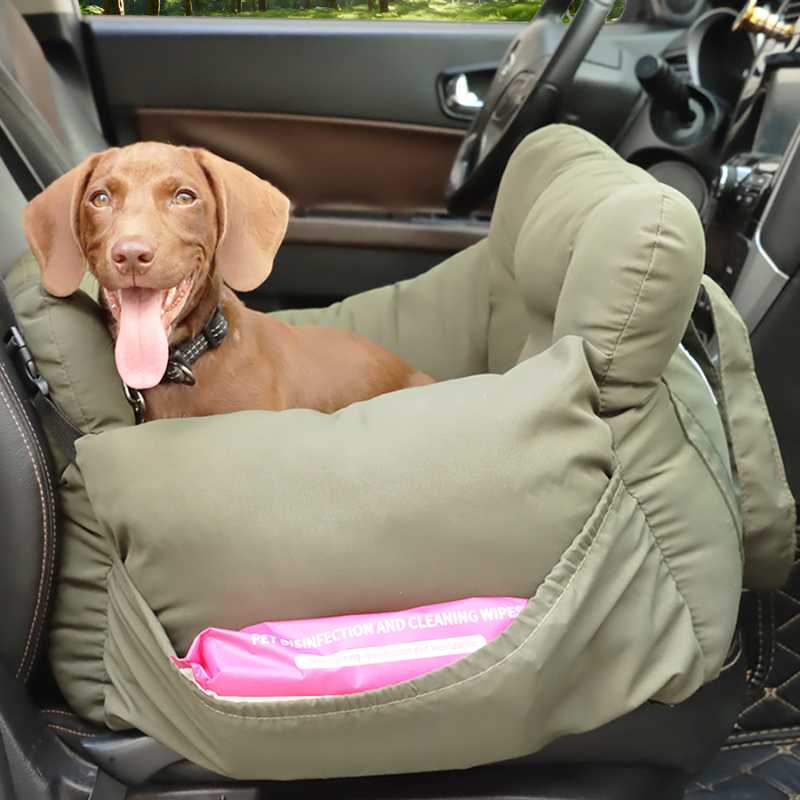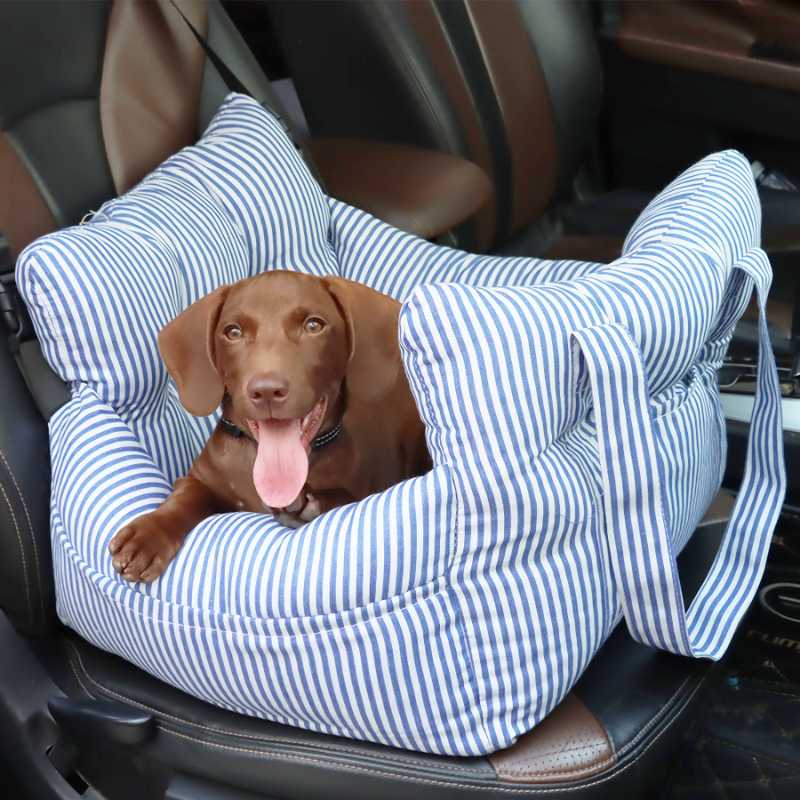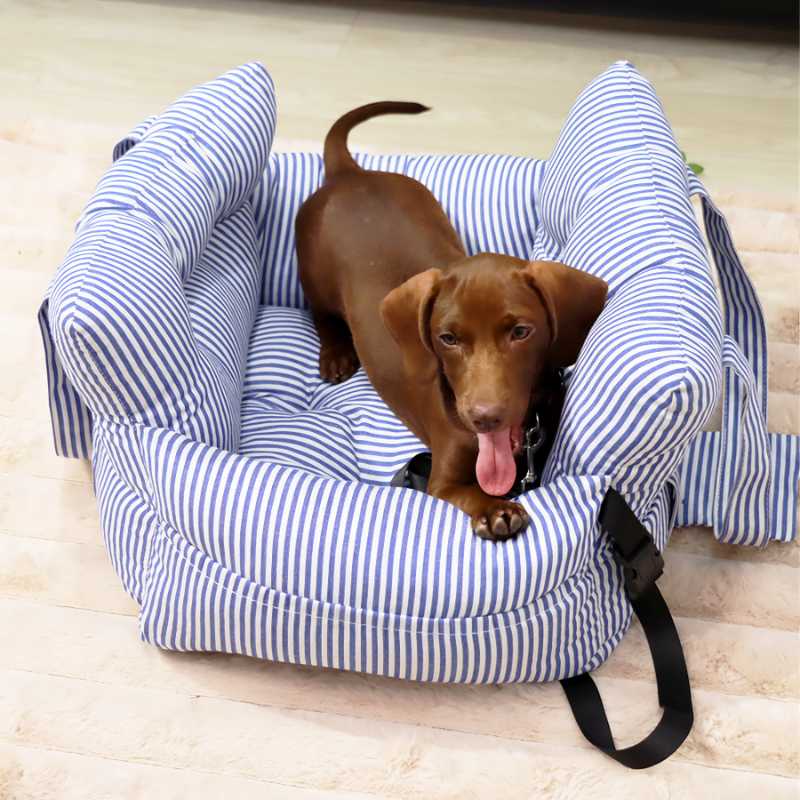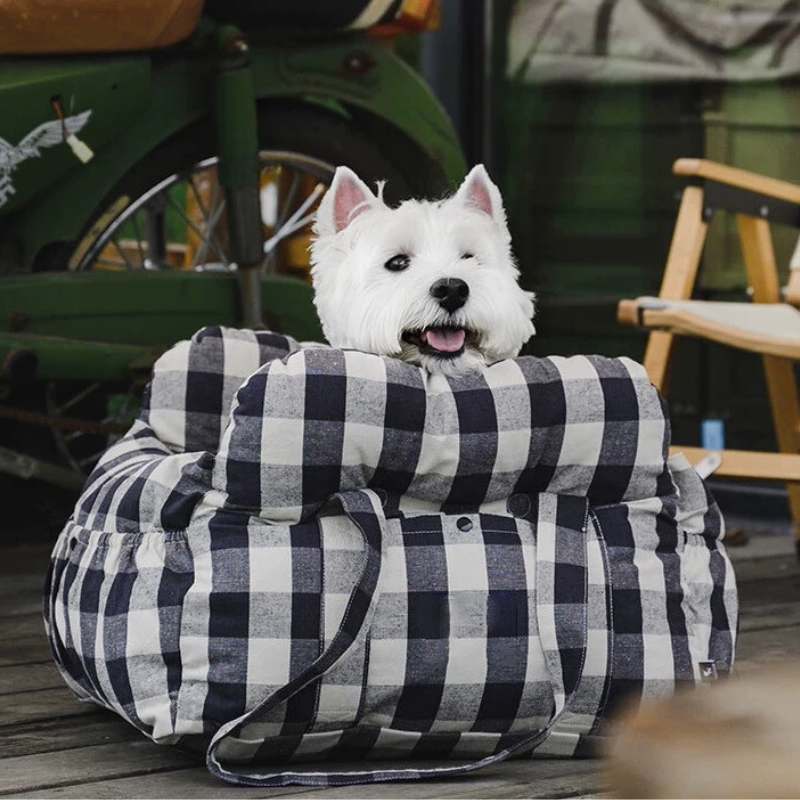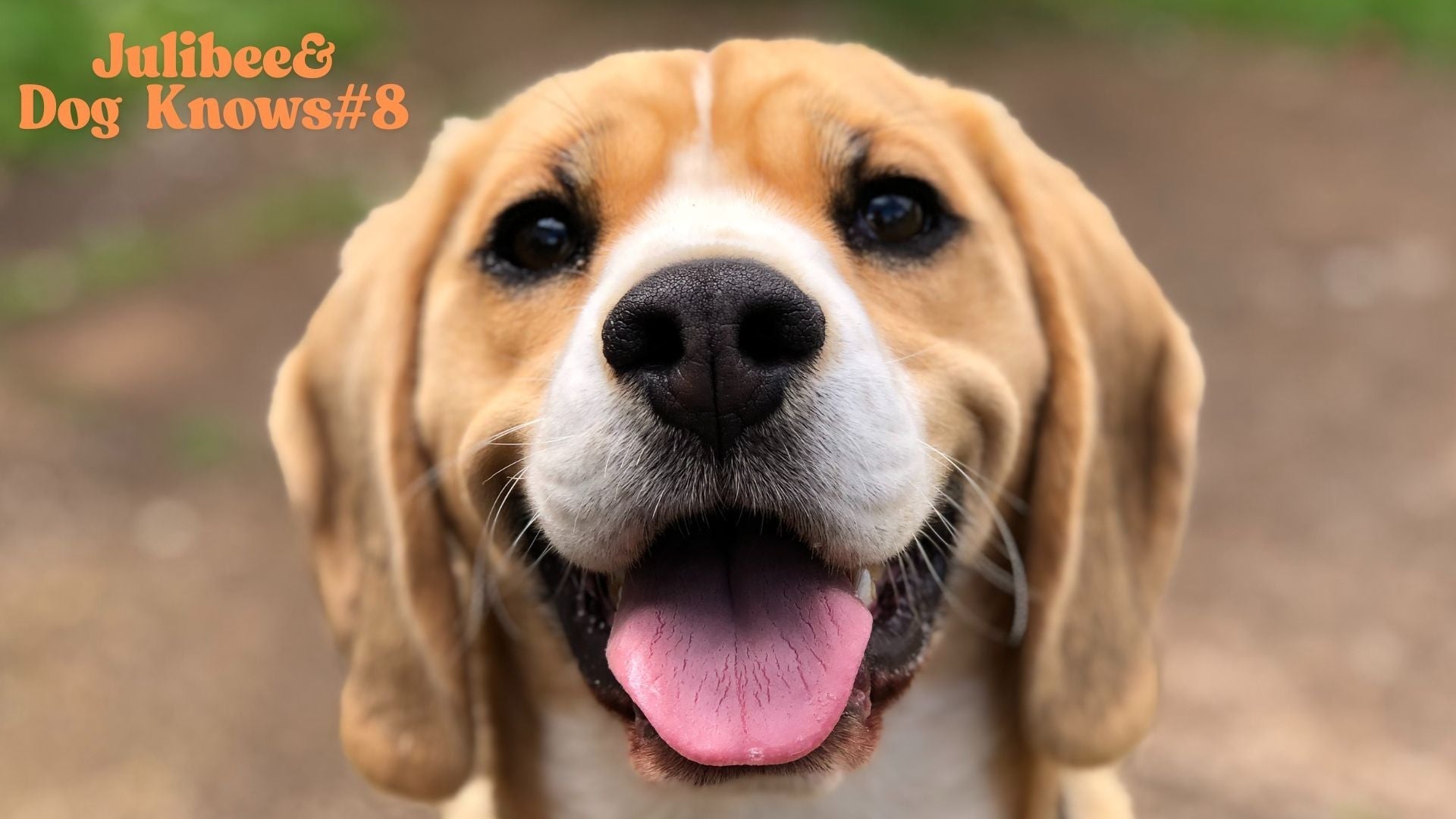
Road Trippin' with Your Pet: A Comprehensive Guide to Safe & Comfy Adventures
Road Trippin' with Your Pet: A Comprehensive Guide to Safe & Comfy Adventures 🐾🚗✨
There's nothing quite like hitting the open road with your best furry friend by your side. Whether it's a quick trip to the dog park, a weekend getaway to the mountains, or a cross-country adventure, sharing these experiences with our pets enriches our lives. But before you fill up the gas tank and pack the snacks, it's crucial to prioritize two things: your pet's **safety** and **comfort** during the journey.
As a nation of pet lovers, we often treat our animals like family – and rightfully so! That means ensuring their well-being is paramount, especially when traveling. Let's dive into everything you need to know to make your next pet-friendly road trip a resounding success, full of wagging tails and purring engines (or purring cats, if that's your vibe!).
Why Safety First? The Unseen Risks of Unrestrained Pets ⚠️🚨
You might think your dog is happy curled up on the back seat, or your cat is fine in their carrier on the floor. However, an **unrestrained pet** in a moving vehicle can be incredibly dangerous, both for them and for you.
- Sudden Stops & Accidents: In a collision or even a sudden stop, an unsecured pet can become a **projectile**, causing severe injury to themselves or to human occupants. Imagine a 60-pound dog hitting the back of your seat at 30 mph – it's like a small elephant.
- Driver Distraction: A pet roaming freely can easily **distract the driver**, leading to accidents. A curious nose nudging your arm, a sudden bark, or a cat exploring the dashboard can quickly turn into a hazardous situation.
- Emergency Exit Risk: In the event of an accident, an injured or frightened pet might try to **escape the vehicle**, potentially running into traffic.
The solution? **Proper pet restraints.** This isn't about punishment; it's about protection.
Choosing the Right Travel Restraint: More Than Just a Crate 🔒📦
When it comes to keeping your pet safe, you have a few excellent options, each with its own benefits.
1. Crash-Tested Crates and Carriers: The Gold Standard 🥇
For ultimate safety, especially for smaller to medium-sized dogs and all cats, a **crash-tested crate or carrier** is often recommended. These are designed to withstand impact and keep your pet contained and protected.
What to Look For:
- Crash-Tested Certification: Look for certifications from organizations like the Center for Pet Safety (CPS). This independent non-profit conducts rigorous crash tests on pet safety products.
- Size Matters: The crate should be just large enough for your pet to stand up, turn around, and lie down comfortably. Too large, and they can be jostled around inside; too small, and it's uncomfortable.
- Secure Placement: Always **secure the crate or carrier in your vehicle** using the car's seatbelts or cargo anchors. Many crash-tested crates have specific strapping points for this purpose.
- Ventilation: Ensure adequate airflow, especially on longer journeys.
2. Dog Car Booster Seats: Perfect for Small Pups 🐾 elevated
For small dogs who love to see the world go by, a **dog car booster seat** offers a fantastic compromise between safety and elevated views.
Key Features to Prioritize:
- Multi-Point Security System: Look for booster seats that securely fasten to your car's seat using multiple straps (around the headrest, seat back, and potentially to the car's LATCH system).
- Internal Tether: A strong, adjustable tether to clip to your dog's **harness (NEVER their collar!)** is crucial. This prevents them from jumping out of the booster.
- Sturdy Construction: The booster should have a rigid internal frame or dense material (like density board) to maintain its shape and provide stable elevation.
- Comfort & Material: Padded, easy-to-clean materials like Oxford cloth for durability and coral fleece for coziness are ideal. Waterproofing is a huge plus for accidents or muddy paws.
- Nest-Like Design: As seen in the Copilot Dog Car Seat, a semi-enclosed, "nest-like" structure can significantly reduce car anxiety by making your dog feel secure and den-like. It's also foldable and portable, a huge win for easy storage and transport.
3. Pet Seatbelts/Harnesses: For Larger Dogs 🐶🔗
While less protective than a crash-tested crate, a **crash-tested harness designed for car travel** can be a good option for larger dogs who can't fit into a crate.
Important Note: Not all pet seatbelts are created equal. Many offer minimal protection in a crash. Again, look for CPS-certified harnesses that distribute impact force across the dog's chest, not their neck.
Proper Fit: Ensure the harness fits snugly but comfortably. It should connect directly to your car's seatbelt system or LATCH anchors.
Vehicle-Specific Considerations: Finding the Right Spot 🚗📍
Your car's make and model will influence your restraint choice.
- Sedans & Coupes: Rear seats are generally the safest. For smaller pets, a booster seat or small carrier can work well. For larger dogs, a harness or a crate that fits in the rear footwell (if sized appropriately) is best.
- SUVs & Wagons: These often offer more cargo space, making them ideal for larger crates. Ensure the crate is secured to cargo tie-downs. Some pet parents use cargo barriers to separate the pet area from the passenger cabin, which is an excellent safety measure.
- Trucks: Avoid placing pets unsecured in the bed of a pickup truck. If they must ride in the bed, they should be in a secured, well-ventilated crate. The safest place is always inside the cab, properly restrained.
General Rule: The **back seat is almost always the safest place for your pet**. Never put a pet booster seat or carrier in the front seat if your car has an active airbag. Airbags deploy with immense force and can cause serious injury or death to a pet.
Making the Journey Comfortable: Beyond Just Safety 😌🌟
Once safety is covered, let's focus on making the ride as pleasant as possible for your furry companion.
1. Familiar Comforts: Scents and Sounds 👃🎶
- Bring Their Bedding: Place a familiar blanket, towel, or their actual bed in their crate or booster seat. The scent of home is incredibly calming.
- Favorite Toys: Pack a few of their favorite, durable toys to keep them entertained. Avoid squeaky toys if they'll distract you!
- Your Scent: Leave an old t-shirt or something with your scent in their travel space. Your smell can be very reassuring.
2. Hydration & Potty Breaks: Essential Stops 💧🚽
- Frequent Water Breaks: Offer water regularly, especially on hot days. Bring a spill-proof travel bowl.
- Potty Breaks: Plan stops every 2-4 hours, depending on your pet's needs. Let them stretch their legs and relieve themselves in a safe area away from traffic. **Always keep them leashed!**
3. Acclimatization & Training: Practice Makes Perfect 훈련 ✅
- Short Practice Runs: Before a long trip, take your pet on several short car rides. Gradually increase the duration.
- Positive Reinforcement: Make car rides a positive experience with treats and praise. Never force a scared pet into the car.
- Desensitize to Restraints: Introduce the crate, booster, or harness gradually. Let them explore it, feed them treats inside, and build positive associations.
4. Temperature Control: Climate is Key 🌡️☀️❄️
Summer Travel:
- NEVER leave a pet in a parked car, even for a few minutes. Temperatures can skyrocket rapidly, leading to heatstroke and death. Cracking windows does not make it safe.
- Use sun shades on windows to block direct sunlight.
- Ensure good airflow in their travel space.
- Bring plenty of water and a cooling mat if your pet is prone to overheating.
Winter Travel:
- Ensure your pet is warm enough, especially short-haired breeds. Use extra blankets.
- Be mindful of extreme cold at rest stops.
- Avoid leaving your pet in a cold car for extended periods.
5. Motion Sickness: What to Do 🤢 vet
Some pets, especially puppies and kittens, experience motion sickness.
- Consult Your Vet: Before your trip, talk to your veterinarian. They might recommend anti-nausea medication or offer other tips.
- Limited Food Before Travel: Avoid feeding your pet a large meal right before a car ride.
- Focus Forward: For dogs, an elevated booster seat that allows them to look forward can sometimes help reduce motion sickness.

Hit the Road, Safely and Happily! 🎉🗺️
Traveling with your pet can be one of life's greatest joys. By investing in proper safety restraints and taking steps to ensure their comfort, you can create countless cherished memories on the road. Remember, a little preparation goes a long way in ensuring that every journey is a safe and happy adventure for everyone involved – two-legged and four-legged alike!
What are your go-to tips for traveling with your pet? Share your best road trip hacks in the comments below! 👇
Brève description
The ultimate "all-in-one" solution for stress-free road trips with your furry friend. This multi-functional seat keeps your dog comfortable and secure while protecting your car's upholster..
